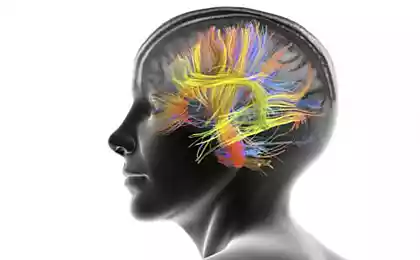199
The Secret Language of Pets: What Are Our Pets Silent About?

New research reveals amazing ways our four-legged friends communicate
Ekaterina Volkova
Special correspondent for science and nature
Every pet owner at least once wondered: “What is my pet thinking?” Recent scientific studies show that our four-legged friends communicate with us in a much more complex and thoughtful way than we used to think.

Scientific breakthrough in understanding animals
Dr Anna Mikhailova, lead ethologist at the Institute for the Study of Animal Behavior, said: We have found that pets are able to distinguish between more than 150 human words and gestures. Moreover, they create their own unique ways of communicating with each family member.
Interesting facts about animal communication:
- Cats make special sounds designed only to communicate with humans.
- Dogs can recognize human emotions by facial expressions
- Parrots don’t just mimic speech, they can use words in the right context.
- Guinea pigs "sing" with joy at the sight of their beloved owner
Decoding daily signals
Wagging the tail of a dog does not always mean joy, and purring a cat is pleasure. Let’s look at the main signals:
When my dog Luna started bringing me slippers every time I was sad, I thought it was a coincidence. It turned out that she learned to recognize my emotions and tries to comfort, says Maria Svetlova, a participant in the study.
Dog language:
- yawning A sign of stress or an attempt to calm the owner
- Raised paw Signal of intent to interact
- Head tilt Trying to better understand what is happening
- Wag your tail to the right positive emotions
- Wag your tail to the left Warning or negative emotions
Cat language:
- Slow blinking Expression of trust and love
- Vertical tail - hello.
- Backshifts - manifestation of the highest confidence
- Rubbing on the leg Marking of territory and expression of attachment
Stories of Amazing Empathy
Jack, a golden retriever from Novosibirsk, became famous for learning to distinguish between epilepsy attacks in his mistress 15 minutes before they began. “He starts pulling me persistently to the sofa or to the chair, never stepping back. Thanks to him, I now always have time to take precautions, says Anna Korneva.
“Animals have an amazing capacity for empathy. They not only understand our emotions, but also actively try to help us cope with them, explains Professor Igor Petrov, an expert on animal behavior.
Practical tips for improving communication
How to better understand your pet:
- Observe patterns of behavior Record how your pet reacts to different situations
- Use consecutive commands Animals understand constant signals better
- Pay attention to body language The position of the ears, tail, eye can tell a lot
- Create a dictionary of sounds Different sounds can mean different needs.
- Spend time playing games together. It improves mutual understanding.
The Future of Animal Communication
Scientists are working to create devices that can translate the sounds of animals into a form that people understand. “We are already close to creating a cat interpreter,” says Dr. Mikhailova. “Technology analyzes not only sounds, but also facial expressions, ear and tail movements, creating a complete picture of communication. ?
Conclusion
Our pets are constantly trying to communicate with us using a complex system of signals, sounds and movements. Understanding this language not only improves the quality of life of our four-legged friends, but also enriches our own experiences with them. Perhaps it is time to listen more closely to what they are trying to tell us.
“The more we learn about the ways animals communicate, the clearer it becomes: they are much smarter and more emotional than we used to think,” concludes Dr. Mikhailova.
The butterfly effect in our lives: real stories about how small actions changed people's lives
Our Grandmothers' Superfoods: Ancient Wisdom in Modern Kitchen























